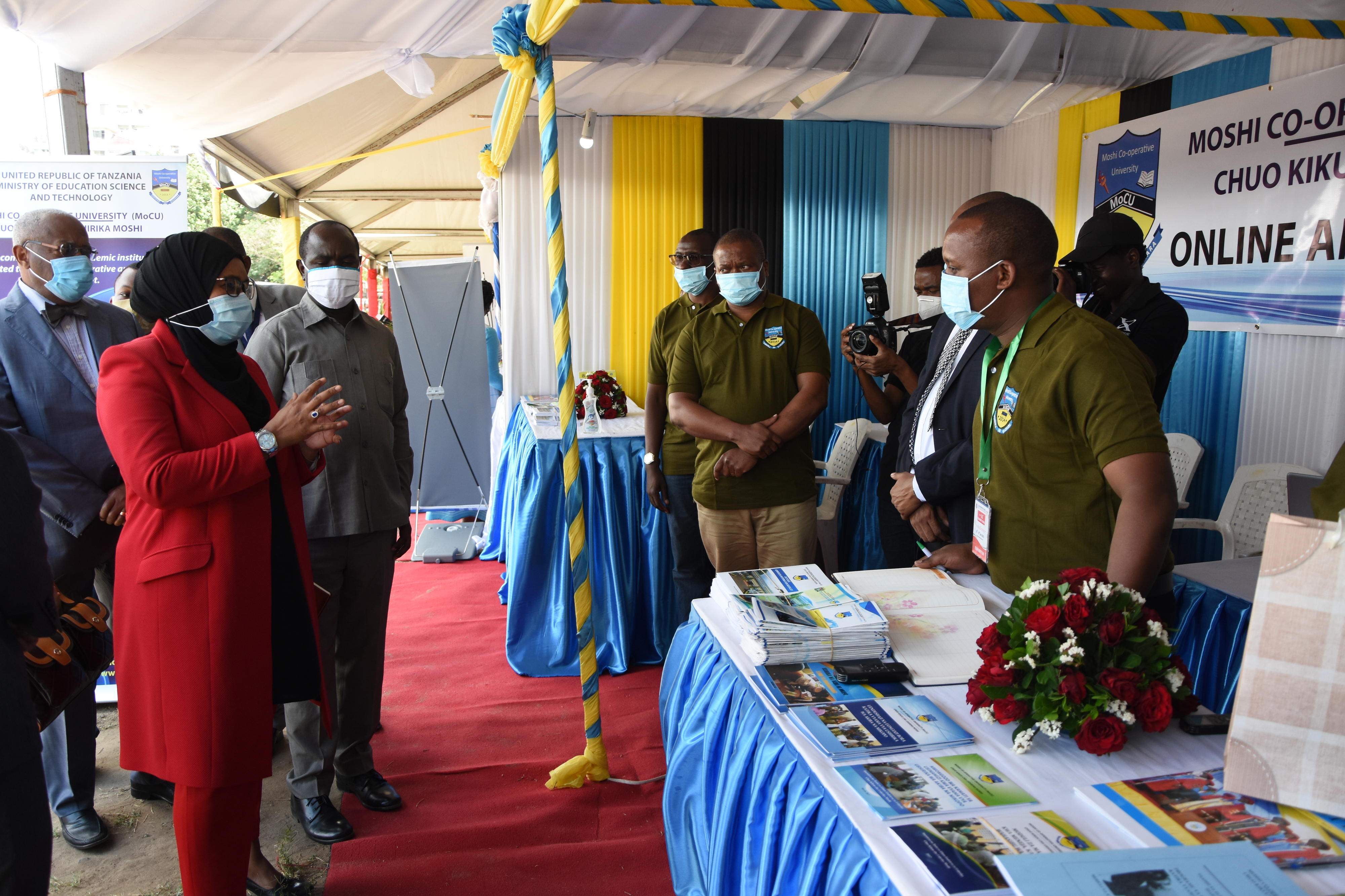MK254
JF-Expert Member
- May 11, 2013
- 31,746
- 48,335
Hii ni kwa mujibu wa taarifa za taasisi ya elimu ya juu, kwamba Tanzania yote huko wataalam ni asilimia 3.3% ya mamilioni ya raia wake......shughuli bado sana kuelekea kwenye uchumi wa viwanda unaohitaji ndani kuwe na wataalam wa kutosha kupokea ujuzi wa wageni.
==============================
Dar es Salaam. Tanzania still falls short of recommended high and medium skilled human resource to steer its industrialisation agenda, it has been revealed.
This needs to be addressed to create a pool of skilled professionals who would push the country to reach upper status of economy, they said.
This is despite the fact that every year thousands of students graduate from universities and colleges, with employers nailing on the wound with constant complaints about the limited skills among these graduates.
This was stated yesterday at the launch of the 16th exhibition of higher education, science and technology organized by Tanzania Commission for Universities (TCU) at the Mnazi Mmoja grounds, attracting over 70 educational institutions and hundreds of students and parents.
Zanzibar Revolutionary Government’s Chief Secretary Zena Said said studies showed that in order to survive and grow within the middle and upper economies, Tanzania needs to have at least 12 percent of high skilled human resource, and a medium skilled workforce of not less than 26 percent.
She noted that the 2016 figures showed that Tanzania had only 3.3 percent of highly skilled human resource and only 17 percent of medium skilled labour force. This, she said, required higher education institutions to have plans of increasing the level of expertise to facilitate achievement of the industrial economy agenda by 2025.
In addition, Ms Zena noted, the participation of Tanzanian students in higher education’s gross enrollment ratio was currently at 6.1 percent. “This still puts us far behind compared to other sub-Saharan African countries where there is an average requirement of at least 9.4 percent of skilled human resource for the country to be in a position to improve economic development.”
She said Kenya was ahead of Tanzania in providing the participation of its people with the right skills and knowledge, whereby 2018 data showed participation was 11 percent.
“Our average is still very low so it is important to continue to set plans that will increase the number of university graduates with the required skills and knowledge,” she said.
“It is important to develop skills in universities and colleges for our nation, but also universities to collaborate with mid-level colleges in generating skills that would close the gap that exists when we compare ourselves with other countries,” she added.

 www.thecitizen.co.tz
www.thecitizen.co.tz
==============================
Dar es Salaam. Tanzania still falls short of recommended high and medium skilled human resource to steer its industrialisation agenda, it has been revealed.
This needs to be addressed to create a pool of skilled professionals who would push the country to reach upper status of economy, they said.
This is despite the fact that every year thousands of students graduate from universities and colleges, with employers nailing on the wound with constant complaints about the limited skills among these graduates.
This was stated yesterday at the launch of the 16th exhibition of higher education, science and technology organized by Tanzania Commission for Universities (TCU) at the Mnazi Mmoja grounds, attracting over 70 educational institutions and hundreds of students and parents.
Zanzibar Revolutionary Government’s Chief Secretary Zena Said said studies showed that in order to survive and grow within the middle and upper economies, Tanzania needs to have at least 12 percent of high skilled human resource, and a medium skilled workforce of not less than 26 percent.
She noted that the 2016 figures showed that Tanzania had only 3.3 percent of highly skilled human resource and only 17 percent of medium skilled labour force. This, she said, required higher education institutions to have plans of increasing the level of expertise to facilitate achievement of the industrial economy agenda by 2025.
In addition, Ms Zena noted, the participation of Tanzanian students in higher education’s gross enrollment ratio was currently at 6.1 percent. “This still puts us far behind compared to other sub-Saharan African countries where there is an average requirement of at least 9.4 percent of skilled human resource for the country to be in a position to improve economic development.”
She said Kenya was ahead of Tanzania in providing the participation of its people with the right skills and knowledge, whereby 2018 data showed participation was 11 percent.
“Our average is still very low so it is important to continue to set plans that will increase the number of university graduates with the required skills and knowledge,” she said.
“It is important to develop skills in universities and colleges for our nation, but also universities to collaborate with mid-level colleges in generating skills that would close the gap that exists when we compare ourselves with other countries,” she added.

Revealed: Tanzania still falls short of high skilled labour
Tanzania still falls short of recommended high and medium skilled human resource to steer its industrialisation agenda, it has been revealed.